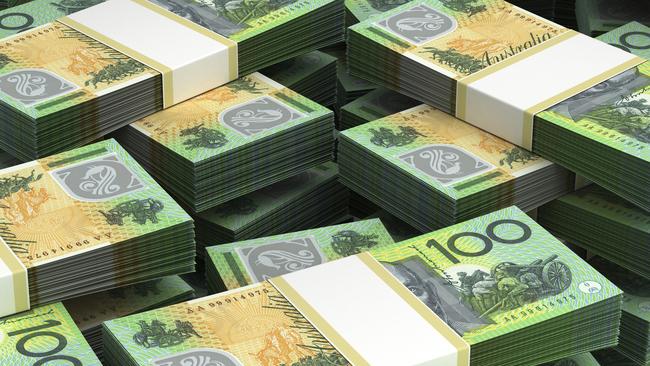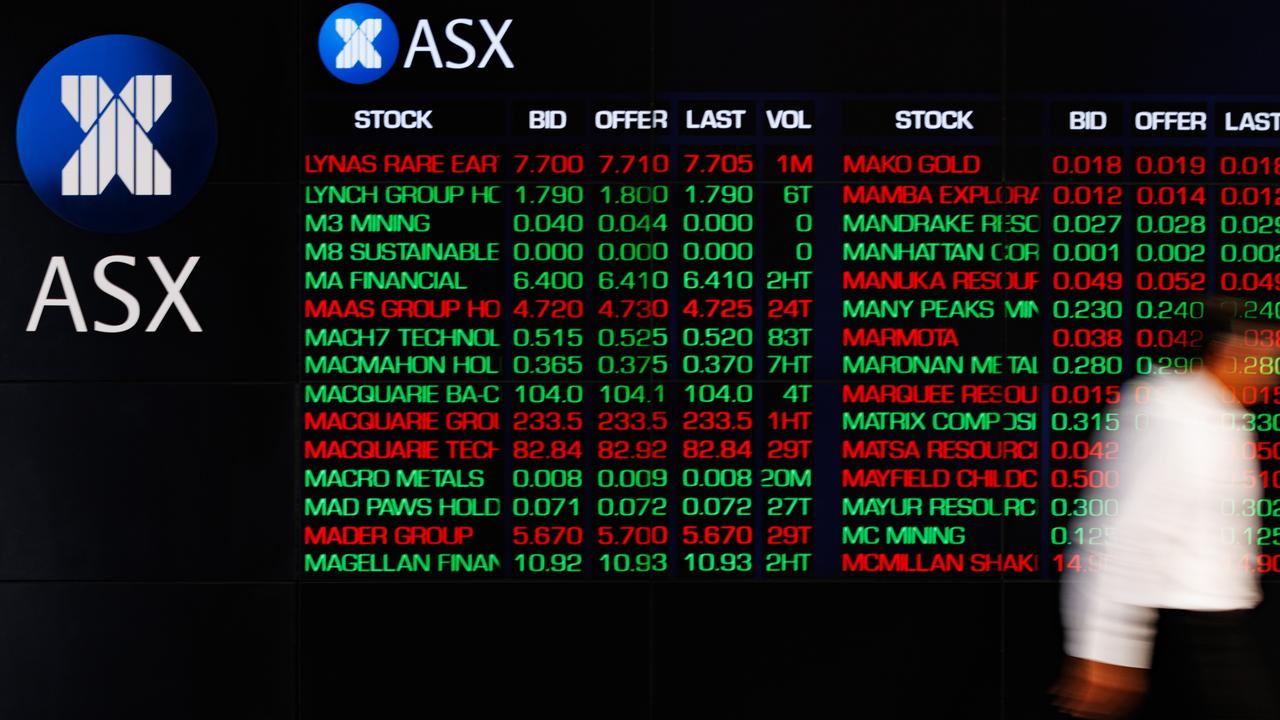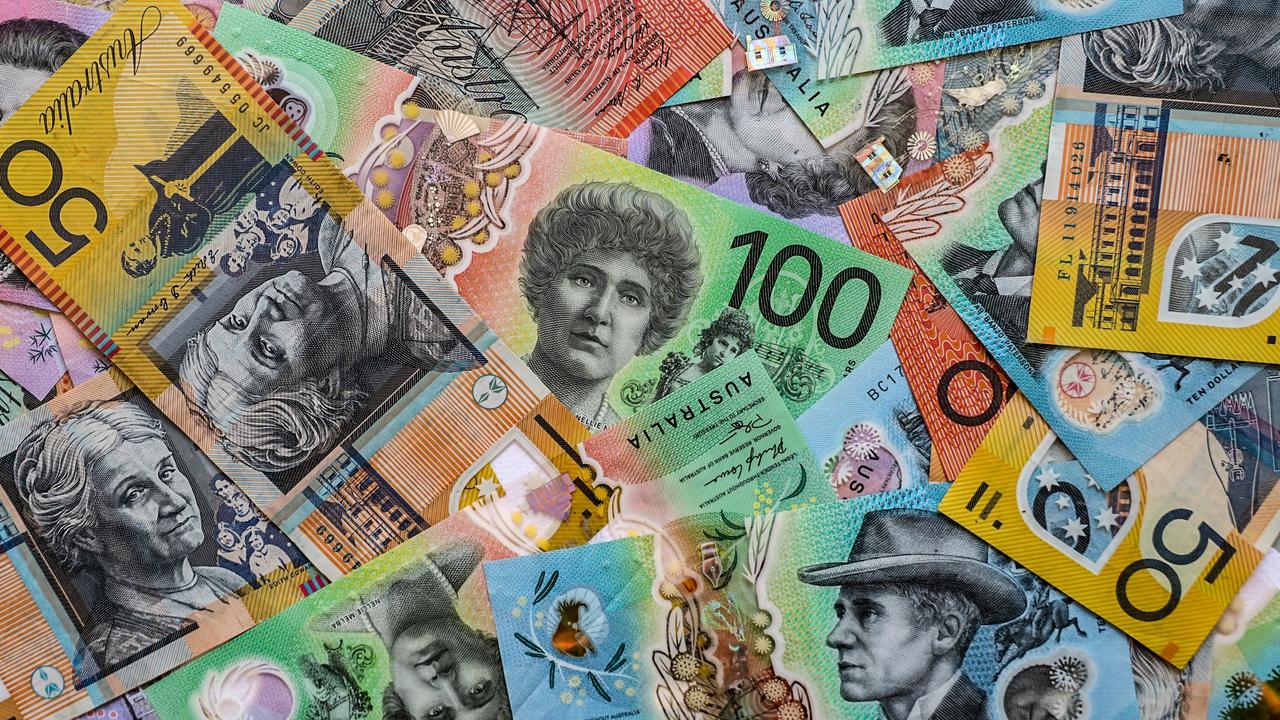Why you should be happy the Australian dollar is falling
YOUR Amazon purchases and overseas holidays might get more expensive, but the falling dollar means things are looking up for the Aussie economy.

Dollar
Don't miss out on the headlines from Dollar. Followed categories will be added to My News.
FORGET about your hip pocket. Your Amazon purchases and overseas holidays might get slightly more expensive, but the falling Australian dollar is actually a good thing for the economy.
The Reserve Bank of Australia has consistently said for some time — in an effort to talk down the currency — that it thinks the Australian dollar is overvalued.
RBA Governor Glenn Stevens’ long-held wish looked to be coming true this week after the local currency dropped to a six-month low of 90.10 US cents.
A GOOD DROP
The falling dollar is a good thing for the non-mining parts of the export sector such as farming and what’s left of manufacturing, but also domestic tourism and retail.
“Currency moving around always creates winners and losers,” Mr Jarman said. “How that affects distribution around the economy depends on individual circumstances, but what the RBA is hoping is that it would allow those parts of the economy that have been depressed for a while to come back to life.”
With the Australian dollar so high for so long, domestic tourism has suffered over the past few years — rather than going to Queensland for their holidays, people are travelling to the US or Asia. A falling dollar will encourage people to spend more on tourism services, boosting the local economy.
“Then in terms of our own hip-pocket decision, if imported goods become more expensive, we’re more likely to spend our dollar on goods and services produced here. In the longer run, that helps create jobs and growth.”
For the average consumer, it helps to think about the bigger picture. The near-term negative effect will mean more expensive foreign goods, but over the long term it will mean — hopefully — a rebalancing of our economy.
WHY SO HIGH?
JP Morgan senior economist Ben Jarman says the drop is overdue. Our terms of trade peaked in 2011 and have been falling ever since, and the currency is only now catching up.
“The recent drop has brought the currency more in line with where we were forecasting it to be,” he said. “Over the near term we expect it to move sideways to here, around 90 to 91 cents.
“Some people are downbeat and think it’s going further down. What they’re hanging that on is increasing commodity price weakness — iron has been down sharply so far this year, and that’s finally been reflected in the dollar.”
So what’s been keeping the dollar high for so long? “When we look at relative performance of economies, Australia may feel like it’s performing softly at the moment, but in a global context it’s certainly not.

“For global investors looking to park their money somewhere, you’ve got yield and AAA status — there’s not many of those left. Currencies are a relative proposition.”
That relative proposition looked a little weaker this week as encouraging retail sales and consumer confidence numbers out of the US fuelled speculation that the US Federal Reserve may hike interest rates sooner.
Originally published as Why you should be happy the Australian dollar is falling


